OVERVIEW
The optical interconnect market is projected to reach USD 20.03 billion by 2025, rising to CAGR by 15.45 per cent between 2020 and 2025. The demand for optical interconnecting systems is expected to increase due to the increasing demand for high bandwidth and low power consumption in data center networks. In addition, the development of high-speed Internet and cloud computing has increased the need for interconnectors that can accommodate extremely high data rates.
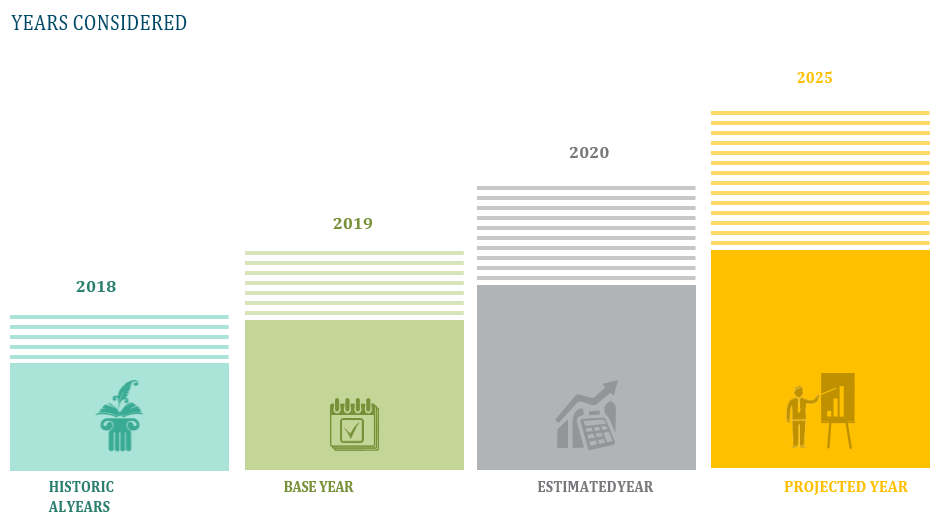


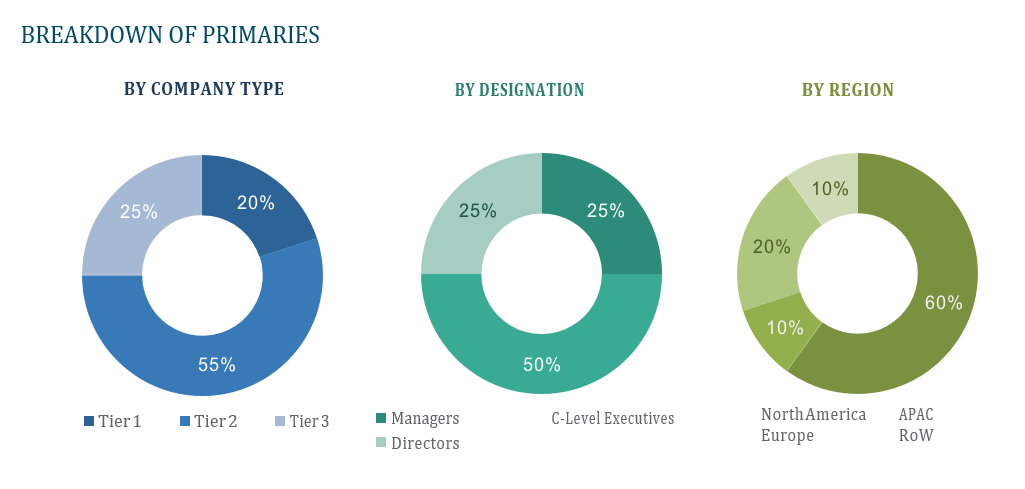
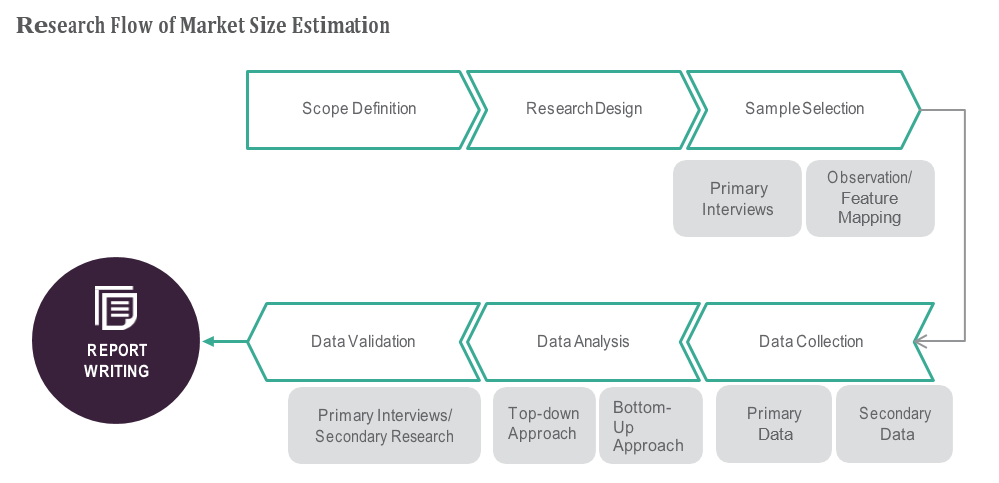

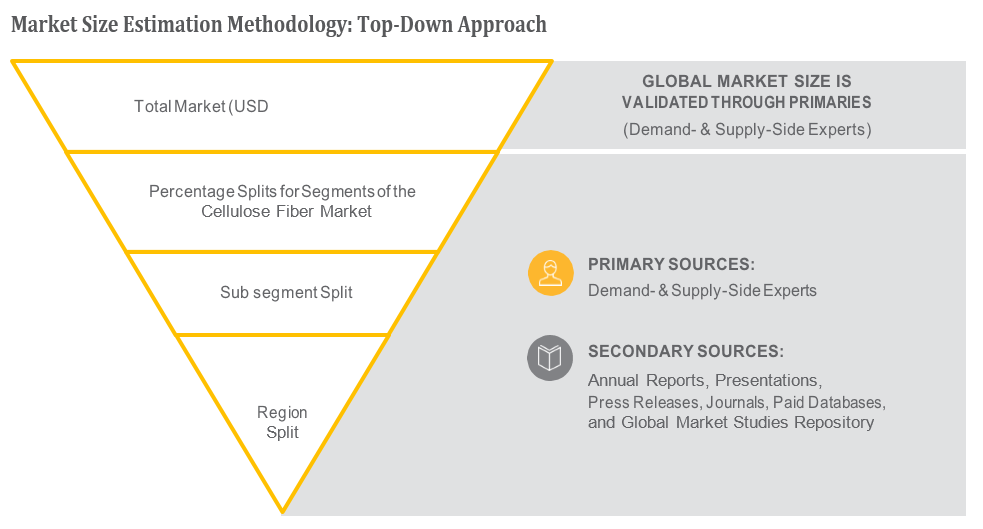
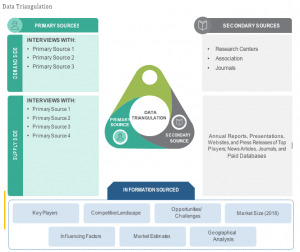
TABLE OF CONTENT
1 Global Optical Interconnect Market
1.1 Study Objectives
1.2 Market Definition
1.3 Study Scope
1.3.1 Markets Covered
1.3.2 Geographic Scope
2 RESEARCH METHODOLOGY
2.1 Research Data
2.1.1 Secondary Data
2.1.1.1 Key Data From Secondary Sources
2.1.2 Primary Data
2.1.2.1 Key Data From Primary Sources
2.1.2.2 Key Industry Insights
2.1.2.3 Breakdown of Primaries
2.2 Market Size Estimation
2.2.1 Bottom-Up Approach
2.2.2 Top-Down Approach
2.3 Market Breakdown and Data Triangulation
2.4 Research Assumptions
3 Global Optical Interconnect Market – Executive Summary
3.1 Market Revenue, Market Size and Key Trends by Company
3.2 Key Trends by type of Application
3.3 Key Trends segmented by Geography
4 Global Optical Interconnect Market – Comparative Analysis
4.1 Product Benchmarking – Top 10 companies
4.2 Top 5 Financials Analysis
4.3 Market Value split by Top 10 companies
4.4 Patent Analysis – Top 10 companies
4.5 Pricing Analysis
5 Global Optical Interconnect Market – Industry Market Entry Scenario
5.1 Regulatory Framework Overview
5.2 New Business and Ease of Doing business index
5.3 Case studies of successful ventures
5.4 Customer Analysis – Top 10 companies
6 Global Optical Interconnect Market – Market Forces
6.1 Introduction
6.2 Market Dynamics
6.2.1 Drivers
6.2.2 Opportunities
6.2.3 Challenges
6.3 Porters Analysis of Market
6.3.1 Bargaining power of suppliers
6.3.2 Bargaining powers of customers
6.3.3 Threat of new entrants
6.3.4 Rivalry among existing players
6.3.5 Threat of substitutes
7 Global Optical Interconnect Market – Strategic Analysis
7.1 Value Chain analysis
7.2 Product Life Cycle
7.3 Supplier and distributor analysis (Market share and product dealing strategies)
8 Global Optical Interconnect Market – By Interconnect Level (Market Size – & million/billion)
8.1 Chip & Board Level
8.2 Board-to-Board and Rack Level
8.3 Long Haul & Metro
9 Global Optical Interconnect Market – By Product Categories
9.1 Cable Assemblies
9.2 Connectors
9.3 Silicon Photonics Systems
9.4 PIC-based Interconnects
9.5 Optical Engines
9.6 Optical Transceivers
9.7 Free Space Optics, Fibers & Wave Guides
10 Global Optical Interconnect Market – By Fiber Mode
10.1 Multi Mode
10.2 Single Mode
11 Global Optical Interconnect Market – By Application
11.1 Data Communication
11.2 Telecommunication
12 Global Optical Interconnect Market – By Geography (Market Size – & million/billion)
12.1 Introduction
12.2 North America
12.2.1 US
12.2.2 Canada
12.2.3 Mexico
12.3 Europe
12.3.1 U.K
12.3.2 Germany
12.3.3 Italy
12.3.4 France
12.3.5 Spain
12.3.6 Rest of Europe
12.4 Asia-Pacific
12.4.1 China
12.4.2 Japan
12.4.3 India
12.4.4 South Korea
12.4.5 Rest of APAC
12.5 Rest of the World
12.5.1 South America
12.5.2 Middle East
12.5.3 Africa
13 Global Optical Interconnect Market – Entropy
13.1 New product launches
13.2 M&A’s, collaborations, JVs and partnerships
14 Global Optical Interconnect Market Company Profile (Key Players)
14.1 Market Share, Company Revenue, Products, M&A, Developments
14.2 Finisar Corporation
14.3 Mellanox Technologies, Ltd.
14.4 TE Connectivity Ltd.
14.5 Amphenol FCI (AFCI)
14.6 Juniper Networks, Inc.
14.7 Molex, LLC
14.8 Sumitomo Electric Industries, Ltd.
14.9 Broadcom Limited
14.10 Oclaro, Inc.
14.11 Acacia Communications Inc.
14.12 Company 11 & more
15 Global Optical Interconnect Market – Appendix
15.1 Sources
15.2 Abbreviations











